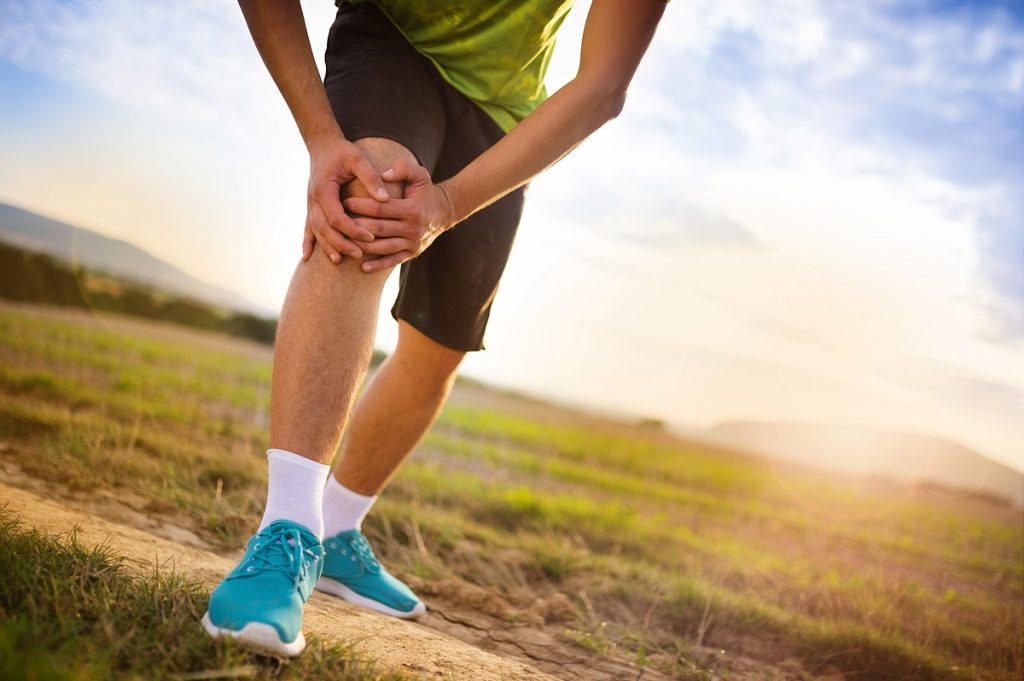Did you know that there are more than 100 different types of arthritis? While that may seem like a lot, most of them fit into three categories: osteoarthritis, rheumatoid arthritis, and psoriatic arthritis. Here’s a brief overview of each type and some tips on how to deal with them.
Osteoarthritis
Osteoarthritis is the most common form of arthritis. It occurs when the cartilage between your joints breaks down, causing the bones to rub against each other. This can lead to pain, swelling, and stiffness. Osteoarthritis is often caused by aging or repetitive use of the joint.
There are several things you can do to ease the symptoms of osteoarthritis. First, try to maintain a healthy weight. Excess weight puts strain on your joints, which can worsen osteoarthritis symptoms. Second, take breaks throughout the day to rest your joints. Third, try gentle exercises such as swimming or cycling. These exercises help keep your joints flexible without putting too much pressure on them. Finally, consider taking over-the-counter pain relievers such as ibuprofen or acetaminophen to help manage pain.
Rheumatoid Arthritis
Rheumatoid arthritis is an autoimmune disease that causes inflammation in the joints. This can lead to pain, stiffness, and swelling. In severe cases, rheumatoid arthritis can also cause fatigue and fever. In addition, people with rheumatoid arthritis often have difficulty performing everyday tasks such as cooking or getting dressed due to joint pain and stiffness.
There is no cure for rheumatoid arthritis, but treatments available can help ease symptoms and improve quality of life. These include disease-modifying antirheumatic drugs (DMARDs), biological agents, and corticosteroids. In addition, physical therapy can help improve the range of motion and strengthen the muscles around affected joints. Finally, it’s essential to protect your joints from further damage by avoiding activities that stress them excessively.
Psoriatic Arthritis
Psoriatic arthritis is a type of inflammation that affects people with psoriasis—a condition characterized by scaly patches on the skin. Psoriatic arthritis often leads to swollen and painful joints in the hands and feet, as well as fatigue and fever. Like rheumatoid arthritis, psoriatic arthritis is a chronic condition with no cure. However, there are treatments available that can help relieve symptoms and improve quality of life.
Much like rheumatoid arthritis, DMARDs and corticosteroids can help treat psoriatic arthritis. In addition, many people find relief by using over-the-counter or prescription topical medications on their skin—such as creams or ointments—to reduce redness, itching, and scaling associated with psoriasis flare-ups. Finally, some people with psoriatic arthritis find it helpful to take part in support groups where they can share their experiences with others who are dealing with similar issues.
Self-Care Options
Self-care is an essential part of dealing with arthritis. Here are some great options to ensure you’re not exerting yourself when you have arthritis.
Use Mobility Devices
Mobility devices are a great way to help reduce the amount of stress on your joints when you have arthritis. One of the best options is affordable power scooters. These scooters help reduce the amount of walking you have to do, which can be a major relief when your arthritis is acting up. Additionally, scooters are a better option than walkers and canes because they don’t require you to put any weight on your joints.
Get a Massage
A massage can help reduce the pain and inflammation associated with arthritis. It can also help improve range of motion and flexibility. Be sure to find a qualified therapist who has experience working with people who have arthritis.
Acupuncture
Acupuncture is a traditional medical technique that uses needles to puncture the skin at specific points. This is said to help improve the flow of energy in the body and relieve pain. Some people with arthritis find relief from acupuncture, although there is not yet scientific evidence to support this claim.
Try Herbal Remedies
Several herbal remedies are said to help with arthritis pain. These include glucosamine, chondroitin, and ginger. However, it’s important to remember that these remedies have not been scientifically proven effective and should be used with caution. Make sure to ask your doctor before taking any of these remedies.\

While there are more than 100 different types of arthritis, most of them fall into one of three categories. Each type has its own set of causes and symptoms as well as treatment options. If you’re living with any form of arthritis, talk to your doctor about which treatment options are right. In addition, you can take several self-care measures to help ease symptoms and improve your quality of life.

